About 20 km from Nguyen Binh town (Nguyen Binh district, Cao Bang province), Hoai Khao hamlet (Quang Thanh commune, Nguyen Binh district) is nestled in a valley. Here, the Dao Tien ethnic people still preserve the unique art of printing patterns with beeswax.
"I'm so happy to have a new house" |
Nang Hai Festival carries the fertility beliefs of ancient Vietnamese people. |
Unique and strange art of printing patterns with beeswax
After the June rain, the air in Hoai Khao is clear and cool. Wooden houses with roofs made of traditional yin-yang tiles and granaries in front of the door are typical features of this place. On the hill, in front of an old house, Dao Tien women are diligently and carefully printing patterns on brocade with beeswax.
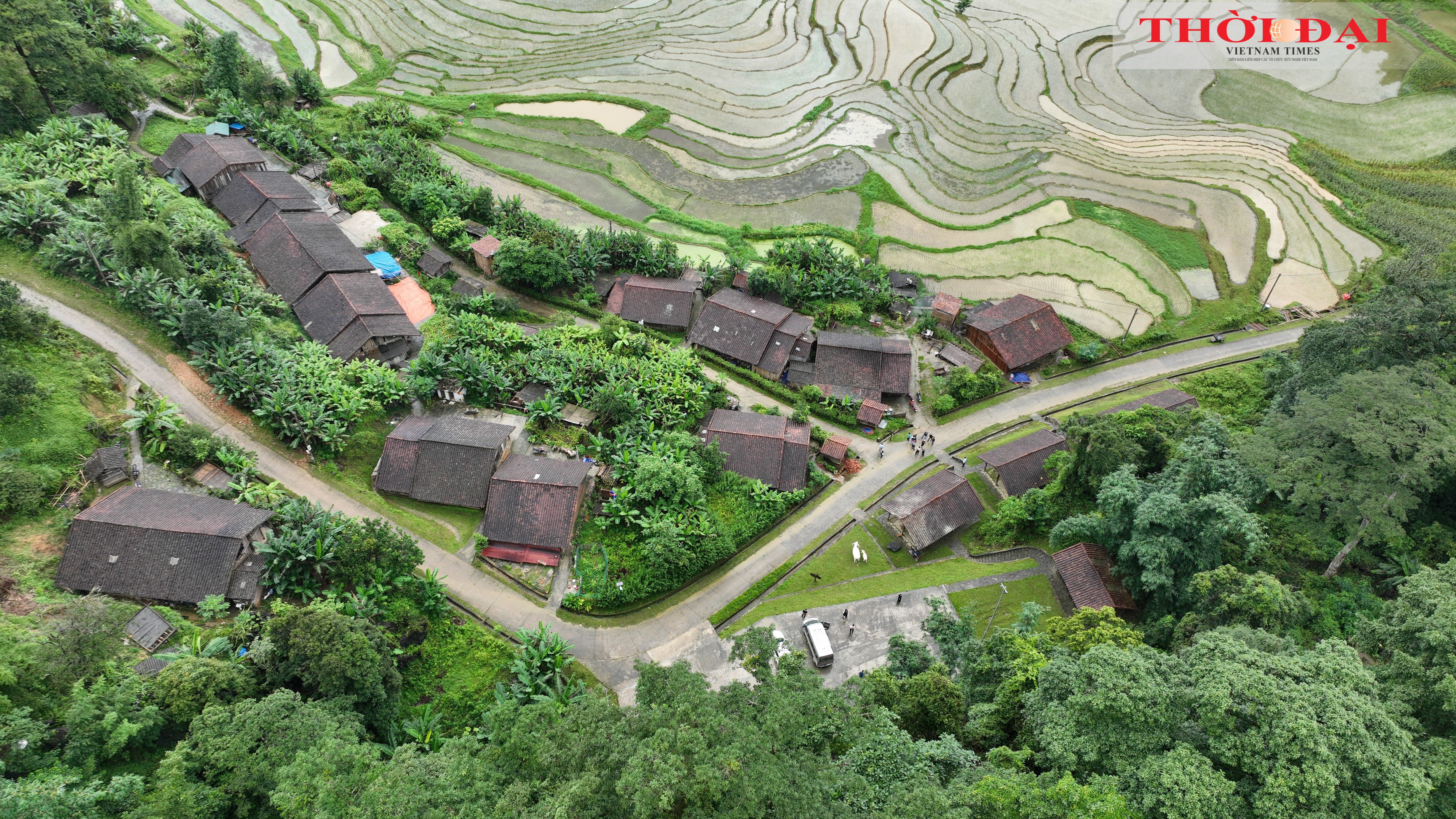 |
| Community tourism site of Hoai Khao hamlet, Quang Thanh commune, Nguyen Binh district, Cao Bang province seen from above. (Photo: Duc Yen) |
Mrs. Ban Thi Lien (in Hoai Khao hamlet) holds a piece of dark yellow wax and gently rubs it on an enameled iron plate placed on hot coals. The wax gradually melts and stays warm while several women use tools to dip into the beeswax and print patterns onto the fabric.
She said: The art of beeswax printing originated from the self-sufficient tradition of the Dao Tien people. Since ancient times, the Dao Tien people have grown cotton, spun yarn, woven fabric and dyed indigo to create traditional costumes. During that process, the technique of beeswax printing was born and developed as a unique decoration method.
According to village elder Hoai Khao, from the age of 10, Dao Tien girls were taught by their grandmothers and mothers how to make their own ethnic costumes, including the technique of printing patterns with beeswax on fabric. At the age of 14, Ms. Lien knew how to dye and print her first batches of fabric. When she got married, she brought with her a few dresses sewn from beeswax-printed fabric.
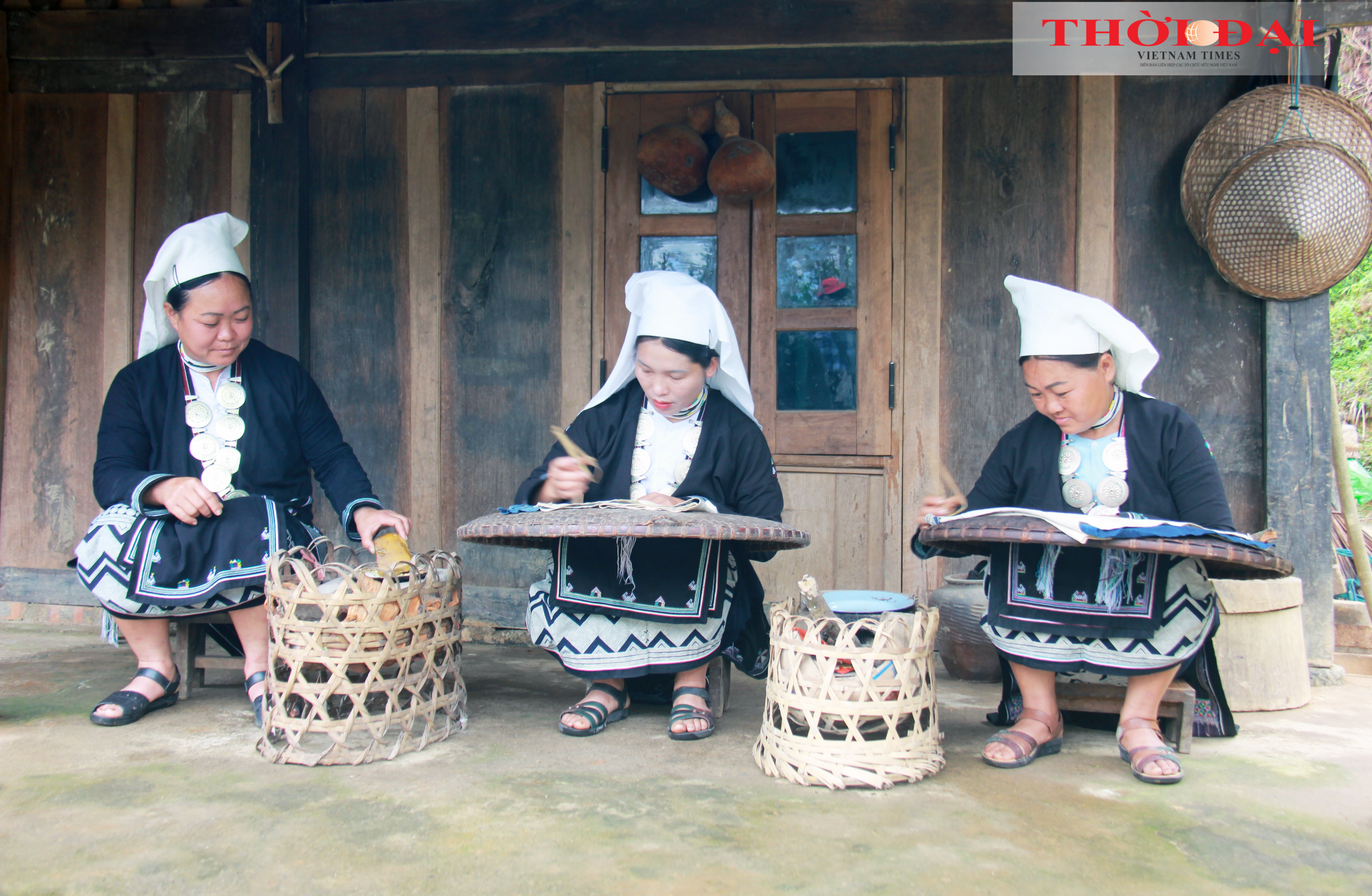 |
| Mrs. Ban Thi Lien (far left) and her sisters in Hoai Khao hamlet print patterns with beeswax. (Photo: Thanh Luan) |
"The wax must be beeswax collected by the villagers from two beehives in the village. Around the sixth lunar month, after all the bees have flown away, they leave behind large, golden-yellow nests without any honey left. At this time, the village shaman will choose the day and time to collect the nests, hold a ceremony, and the young men in the village will set up a trellis to collect the nests. The honeycombs are brought back, cooked, and then divided equally among the whole village," said Ms. Lien.
Meticulously printing beeswax patterns onto fabric, Ms. Nguyen Thi Duyen (Hoai Khao hamlet) shared: The process to create a satisfactory product requires strictness with 5 stages: polishing the fabric, creating patterns with beeswax, indigo dyeing, melting the beeswax and drying.
In the pattern printing stage, Dao Tien women must use bamboo tubes of different diameters to print circles. Thinly shaved sticks are bent into triangles to print straight lines and corners, and flattened betel leaves are used as guides. Beeswax is melted and kept hot so that the wax adheres to the fabric and the patterns are clear.
Decorative motifs used on costumes often represent images associated with life such as: forests, mountains, nature of the Dao Tien ethnic group or wishes for a better, more prosperous life such as: coin shapes, horizontal stripes, rectangles, water waves...
Printing is done continuously until the fabric is finished. When the beeswax is dry, it is dyed with indigo many times, drying in the sun during the day and soaking in indigo at night. After the desired indigo color is achieved, the fabric is dipped in boiling water, at this time the hot beeswax will melt and reveal the patterns on the indigo background. The beeswax dots are not dyed with indigo, so they retain their original white color.
“Beeswax-printed fabrics are used by Dao Tien women to sew dresses. A dress takes about a month to complete. Therefore, Dao Tien people only need to look at the dress to know if the bride is skillful, hard-working, and knows how to take care of the family or not,” said Ms. Duyen.
Developing community tourism, preserving traditional crafts
Nowadays, industrial fabrics are popular because of their convenience, but Ms. Ban Thi Lien said that she and the women in the village will not give up the beeswax fabric printing profession because it is their flesh and blood.
"My 14-year-old daughter was taught the craft of beeswax printing 2 years ago. She is very eager to learn, and whenever she has free time, she takes out her tools to practice. In 2023, a French tourist came to Hoai Khao and I guided her to experience the fabric printing technique. Looking at the product she made herself, she was very proud and kept praising the beautiful patterns. Her love for it motivates me to continue to keep the passion for the profession alive.
When participating in some events in Hanoi such as "Beeswax - Indigo" organized by the Vietnam Women's Museum in November 2023; the Cao Bang Mountains and Rivers Market at the Vietnam Ethnic Culture and Tourism Village (Dong Mo, Son Tay) in April 2024... I also took the opportunity to introduce and promote the art of printing patterns with beeswax to the people of the capital and tourists," said Ms. Lien.
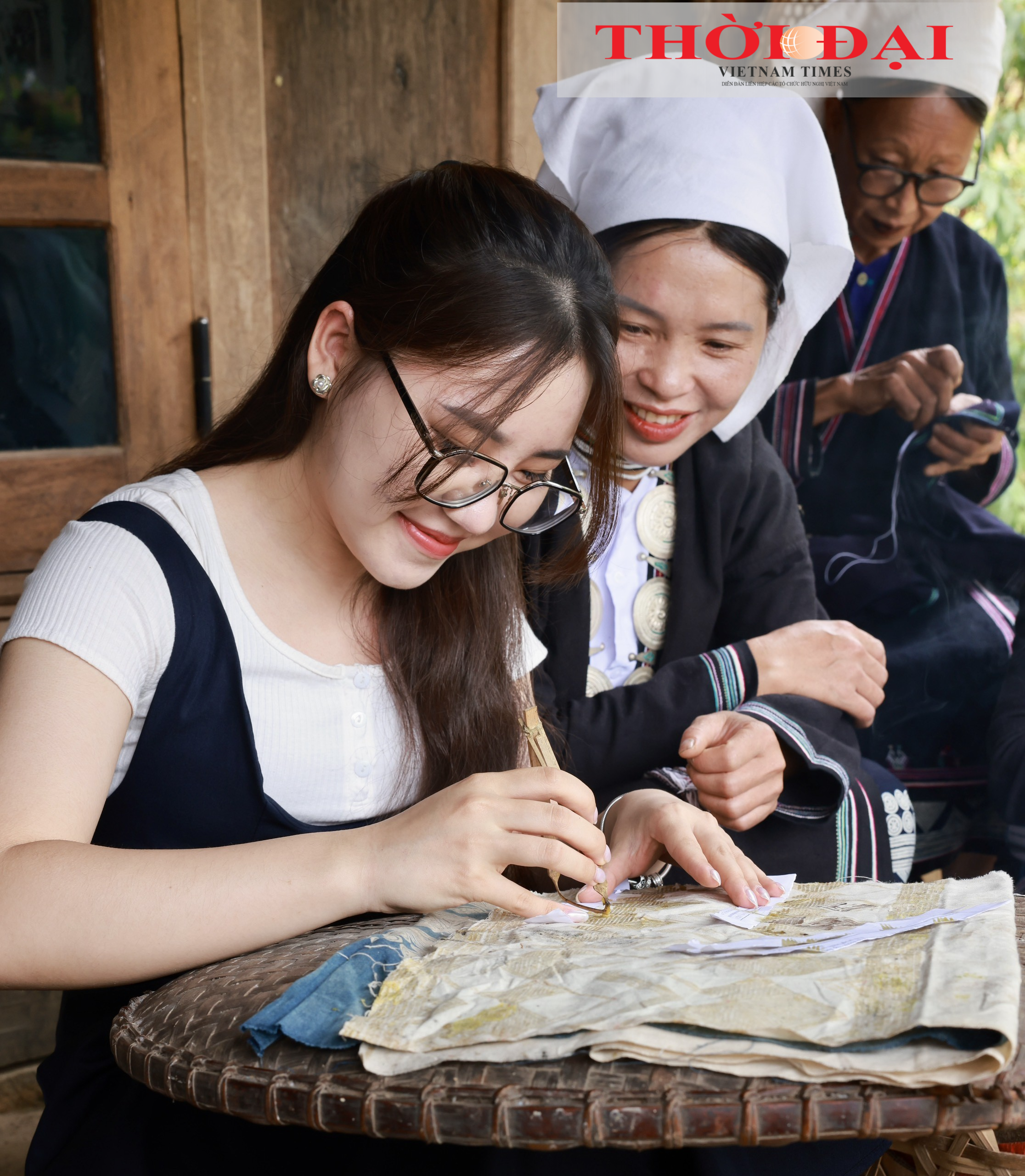 |
| Tourists experience beeswax printing techniques in Hoai Khao village. |
Implementing the policy of linking community tourism development with preserving the cultural identity of ethnic groups, Nguyen Binh district, Cao Bang province has built Hoai Khao hamlet into a community tourism destination. According to Mr. Hoang Quoc Chan, Chairman of Quang Thanh Commune People's Committee, since 2018, Nguyen Binh district has started to invest in infrastructure, build roads, bring electricity to Hoai Khao hamlet; build a reception area, display tools, costumes, and daily necessities of the people... People are also provided with basic knowledge about community tourism, trained in skills to welcome and serve tourists...
Operating since 2020, up to now, 7/35 households in Hoai Khao hamlet have been running homestay services for tourists to visit and relax; on average, each homestay can accommodate 10 guests. When there are tourists, the locals introduce and guide them to experience the beeswax fabric printing technique. On average, Hoai Khao welcomes 400 - 600 tourists to visit and experience each year, including international tourists.
Quang Thanh Commune also coordinated with the Department of Culture and Information of Nguyen Binh district and the Department of Culture, Sports and Tourism of Cao Bang province to open classes teaching weaving, embroidery, and printing patterns with beeswax on the costumes of the Dao Tien people.
Head of Hoai Khao hamlet, Ly Huu Tang, said: Since becoming a community tourism destination, the hamlet has invested in infrastructure, and people are excited to renovate their houses and preserve traditional culture to welcome tourists. Although still simple, it is hoped that with the attention of the district and commune, tourism services associated with preserving traditional culture will not only help people in the hamlet have a better life but also preserve and spread the unique beeswax pattern printing art of the Dao Tien ethnic group to domestic and foreign tourists.
Source: https://thoidai.com.vn/giu-nghe-giu-lua-nghe-thuat-in-hoa-van-sap-ong-cua-nguoi-dao-tien-201720.html




![[Photo] President Luong Cuong receives Prime Minister of the Kingdom of Thailand Paetongtarn Shinawatra](https://vphoto.vietnam.vn/thumb/1200x675/vietnam/resource/IMAGE/2025/5/16/52c73b27198a4e12bd6a903d1c218846)
![[Photo] The Prime Ministers of Vietnam and Thailand witnessed the signing ceremony of cooperation and exchange of documents.](https://vphoto.vietnam.vn/thumb/1200x675/vietnam/resource/IMAGE/2025/5/16/935407e225f640f9ac97b85d3359c1a5)
![[Photo] General Secretary To Lam receives Prime Minister of the Kingdom of Thailand Paetongtarn Shinawatra](https://vphoto.vietnam.vn/thumb/1200x675/vietnam/resource/IMAGE/2025/5/16/7f6a2a37f9324e61b3088c464cbc7b16)



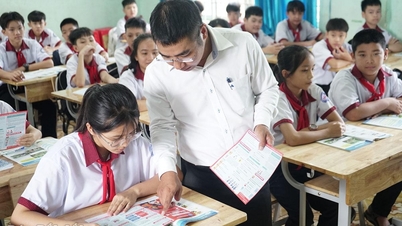

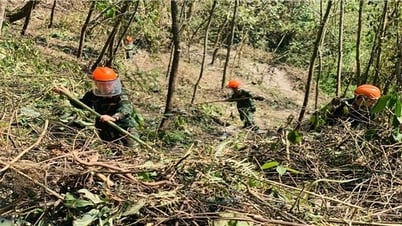
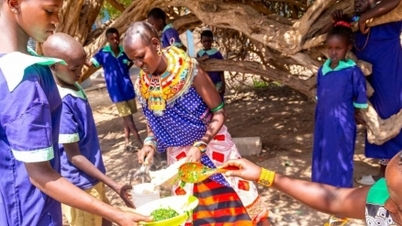







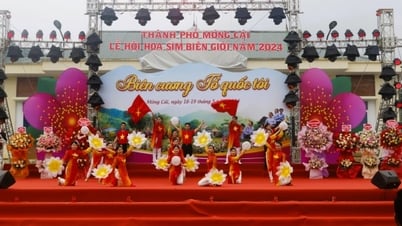




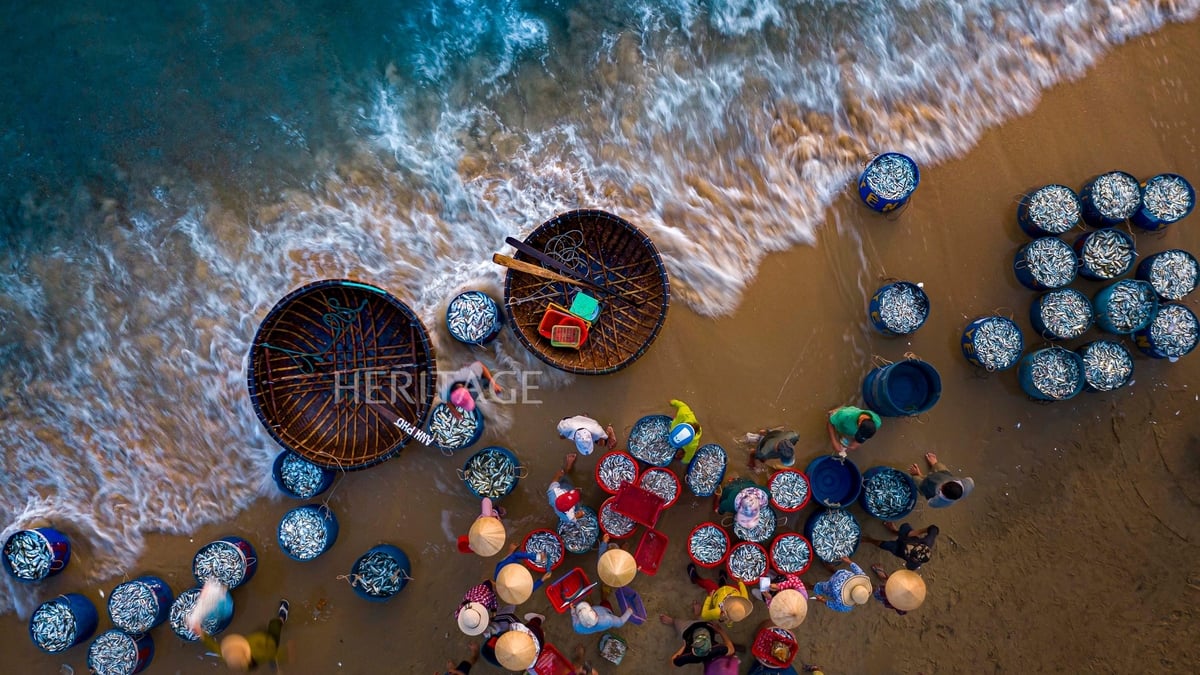
![[Photo] Prime Minister Pham Minh Chinh holds talks with Prime Minister of the Kingdom of Thailand Paetongtarn Shinawatra](https://vphoto.vietnam.vn/thumb/1200x675/vietnam/resource/IMAGE/2025/5/16/23b5dd1e595d429491a54e3c1548fb79)







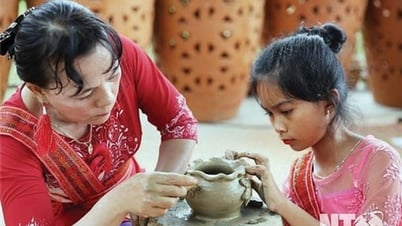

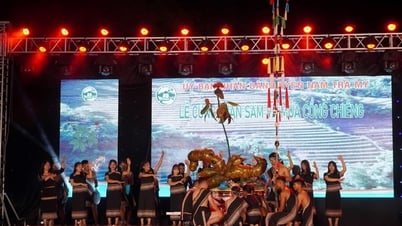








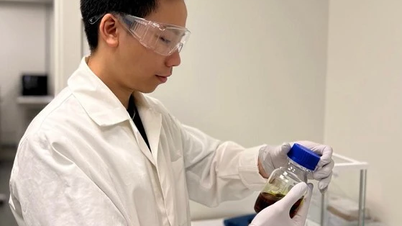



















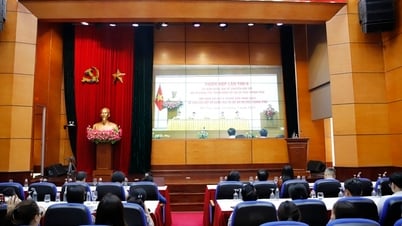











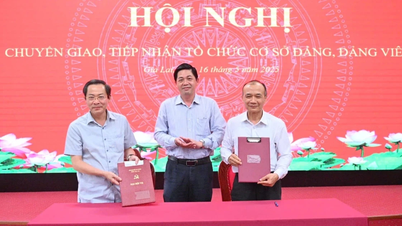












Comment (0)